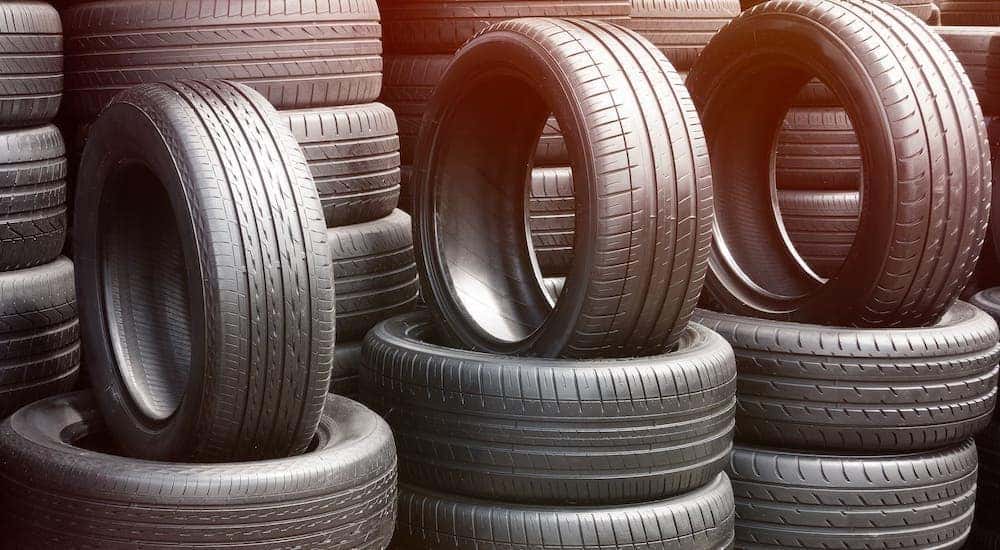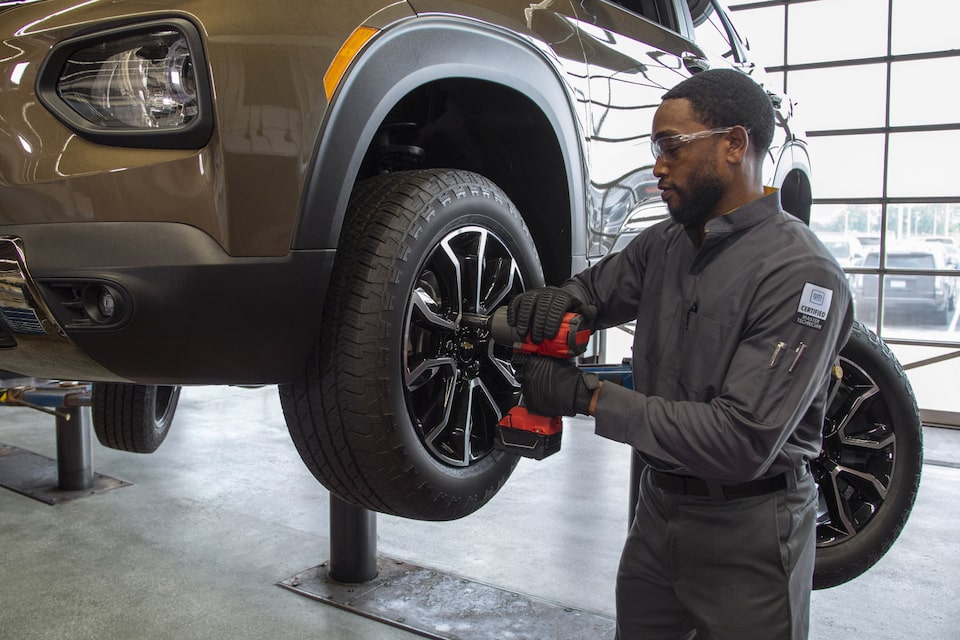Do not Miss Out on Mopar Tire Service Specials: Budget Friendly Maintenance Packages
Do not Miss Out on Mopar Tire Service Specials: Budget Friendly Maintenance Packages
Blog Article
Tire Service: The Effect of Weather Condition Problems
When it comes to making certain optimal performance and safety and security on the roadway, understanding the impact of climate problems on tire solution is vital. In this discussion, we will discover the complex connection in between climate problems and tire service, losing light on the significance of weather-specific tire upkeep practices and factors to consider.
Heat and Tire Efficiency
When subjected to heats, tires experience modifications in performance that can considerably influence car safety and security and handling. The warmth produced from long term driving or hot climate conditions triggers the tire rubber to soften, bring about reduced tread life and boosted wear. As the rubber becomes softer, the tire's grasp on the roadway decreases, influencing stopping distances and general grip. In severe cases, extreme warmth can even trigger tire blowouts, posing a severe security danger to the lorry and its occupants.
Moreover, heats can accelerate the process of tire aging, creating the rubber to deteriorate faster. This can lead to cracks, bulges, and other types of damages that endanger the structural stability of the tire. To alleviate the results of warmth on tire efficiency, vehicle drivers need to regularly examine their tire stress, turn tires to make sure also wear, and inspect for any signs of damage. Additionally, making use of tires especially created to stand up to high temperatures can aid preserve optimal efficiency and security on the road.
Winter Results
Cold weather problems can have a significant influence on tire efficiency and safety and security. As temperatures decrease, tire rubber can set, bring about decreased grip on icy or snow-covered roads. In cool weather, tires may also lose atmospheric pressure extra swiftly, which can affect handling and fuel effectiveness. Additionally, cold temperatures can trigger tire sidewalls to tense, increasing the risk of damages from potholes or other roadway dangers.
To mitigate the effects of winter on tires, it is important to routinely inspect tire pressure and inflate them to the maker's advised degrees. Making use of winter months or all-season tires designed for winter problems can likewise boost grip and grasp on icy or snowy roadways - discount tires morris il. Proper tire upkeep, consisting of routine assessments for wear and damages, comes to be much more critical during colder months to ensure optimal efficiency and safety
Rainy Conditions Effect
Tires with worn-out footsteps are more vulnerable to hydroplaning, where a layer of water builds up between the tire and the road surface, leading to loss of grip. To battle this, motorists must routinely examine their tires for adequate step browse this site deepness and think about investing in tires specifically created for wet problems.

Snow and Tire Safety
Snow-covered roadways pose special challenges for motorists, stressing the significance of proper tire choice and maintenance. When driving in snowy problems, having the right tires can make a considerable distinction in safety and security and performance. Wintertime tires are designed with special rubber compounds and step patterns to offer far better grip on snow and ice compared to all-season tires. The deeper treads and sipes of winter season tires assist hold the roadway much better, decreasing the danger of sliding and moving.
Along with making use of winter tires, it is vital to ensure they are correctly blown up. Winter can create tire stress to go down, influencing grip and handling (tires morris il). Consistently examining and keeping the right tire stress is crucial for optimum performance in snowy conditions

Weather-Related Tire Upkeep
When encountered with numerous weather, proper tire maintenance becomes an important element of car security and performance. Weather-related tire maintenance incorporates a series of practices focused on ensuring optimal tire function and see this durability in different weather scenarios. One essential element of weather-related tire maintenance is tire pressure regulation. Varying temperatures can trigger tire pressure to differ, influencing traction and gas performance. Frequently checking and adjusting tire pressure according to manufacturer referrals is crucial for risk-free driving in changing weather problems. Furthermore, tire step depth plays a significant function in taking care of various weather condition aspects. Tires with adequate walk deepness provide better hold on damp or icy roadways, reducing the danger of skidding or hydroplaning. Evaluating tire walk regularly and replacing tires when walk wear reaches a particular depth is essential for preserving grip and stability in damaging climate. By prioritizing weather-related tire maintenance, chauffeurs can improve safety, enhance vehicle efficiency, and prolong the lifespan of their tires.
Conclusion
In verdict, weather conditions have a substantial influence on tire efficiency and security (tire shop morris). From heat influencing tire pressure and put on to chilly weather decreasing grip, it is necessary to think about the climate when preserving and using tires.
In this discussion, we will check out the complex connection in between weather condition problems and tire solution, dropping light on the value of weather-specific tire upkeep methods and factors to consider.

Report this page